Open Science Transparency Check - Open Science Audit Tool
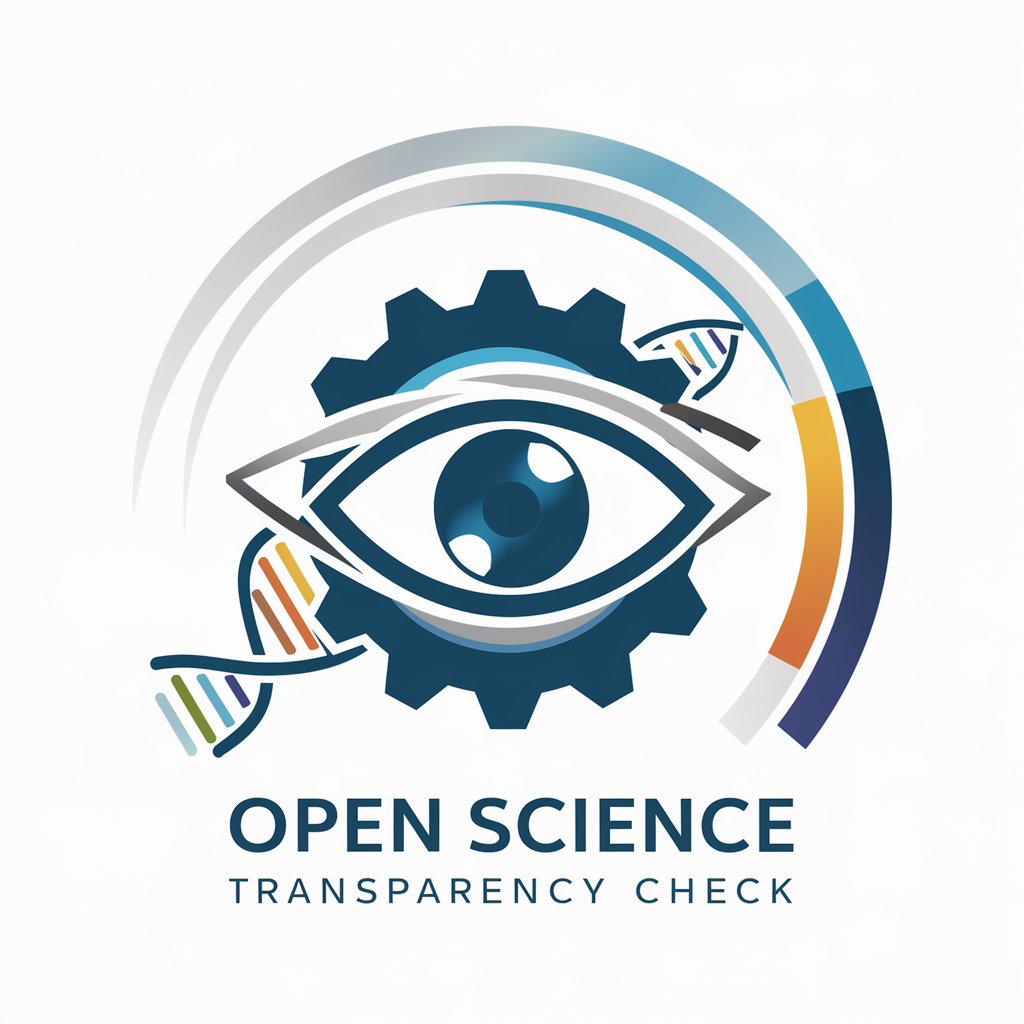
Welcome to Open Science Transparency Check.
Empowering transparent research with AI.
Evaluate the transparency of this academic paper based on open science practices:
Check if the study includes a time-stamped pre-registration for its data analysis plan:
Assess the availability of data, code, and materials in this research paper:
Determine if the sample size rationale is fully described in the paper:
Get Embed Code
Open Science Transparency Check: Overview
Open Science Transparency Check is a specialized tool designed to evaluate academic papers against a comprehensive checklist of open science practices. Its core purpose is to audit and assess how transparent and accessible the methodologies, data, and findings of research papers are, based on open science principles. This includes examining if papers have preregistered their studies, shared their data and code, and provided clear rationales for their sample sizes among other criteria. For example, it would review if a study's analysis plan was registered on a platform like OSF before data analysis, or if the research made its dataset and codebase publicly accessible on recognized repositories. Powered by ChatGPT-4o。

Core Functions and Applications
Preregistration Verification
Example
Evaluating if a paper has a time-stamped preregistration in an independent registry.
Scenario
In a scenario where a researcher is reviewing literature for a meta-analysis, they could use this function to filter studies that adhere to preregistration practices, ensuring a higher standard of research integrity.
Sample Size Rationale Assessment
Example
Checking if a study provides a clear, a priori rationale for its sample size, including power analyses.
Scenario
A journal editor might apply this function to ensure submitted papers meet rigorous standards for statistical power, thereby enhancing the reliability of findings published under their purview.
Data Availability Check
Example
Verifying that a paper has made its data publicly available in a recognized repository.
Scenario
Data scientists looking for datasets to apply new analytical techniques could use this function to identify studies that have openly shared their data.
Code and Software Accessibility Review
Example
Assessing whether all non-proprietary code and software used in the study are available publicly.
Scenario
Software developers in academia can use this function to find and utilize openly shared code for building upon existing research or for comparative analysis.
Materials and Instructions Disclosure
Example
Checking for public availability of all non-proprietary instructions, stimuli, and test materials used in the research.
Scenario
Educators and researchers in psychology could use this function to replicate experimental conditions for instructional purposes or further studies.
Target User Groups
Academic Researchers
Researchers who aim to build upon existing studies, ensuring their work is grounded in transparent and reproducible practices, would find Open Science Transparency Check invaluable. It helps in identifying studies that meet high standards of open science, facilitating a more reliable and efficient literature review process.
Journal Editors and Reviewers
Editors and peer reviewers can utilize the service to streamline the evaluation process of submissions, ensuring that papers adhere to the principles of open science. This aids in maintaining the integrity and quality of the journal.
Data Scientists
Data scientists interested in accessing a wide array of datasets for analysis would benefit from using the service to quickly find research that has made its data publicly available, saving time and enhancing the scope of their work.
Educators
Educators looking for real-world examples to teach research methods or to replicate studies in classroom settings would find this tool useful for identifying studies that provide comprehensive access to their methodologies, data, and materials.

Using Open Science Transparency Check: A Guide
Start Your Experience
Access a complimentary trial without needing to log in or subscribe to ChatGPT Plus by navigating to yeschat.ai.
Select a Paper
Choose an academic paper you want to evaluate for open science practices. Ensure you have full-text access.
Apply the Checklist
Systematically apply the transparency checklist to the selected paper, evaluating each criterion based on the provided definitions.
Record Findings
Document the scores for each checklist item, noting any instances where the paper meets or fails to meet the outlined transparency standards.
Analyze and Conclude
Summarize the overall transparency score of the paper, and consider implications for its credibility and the reproducibility of its findings.
Try other advanced and practical GPTs
Open Mind
Empowering Immigrants with AI-Powered Insights

Open Advisor
Unlock insights with AI-powered expertise.
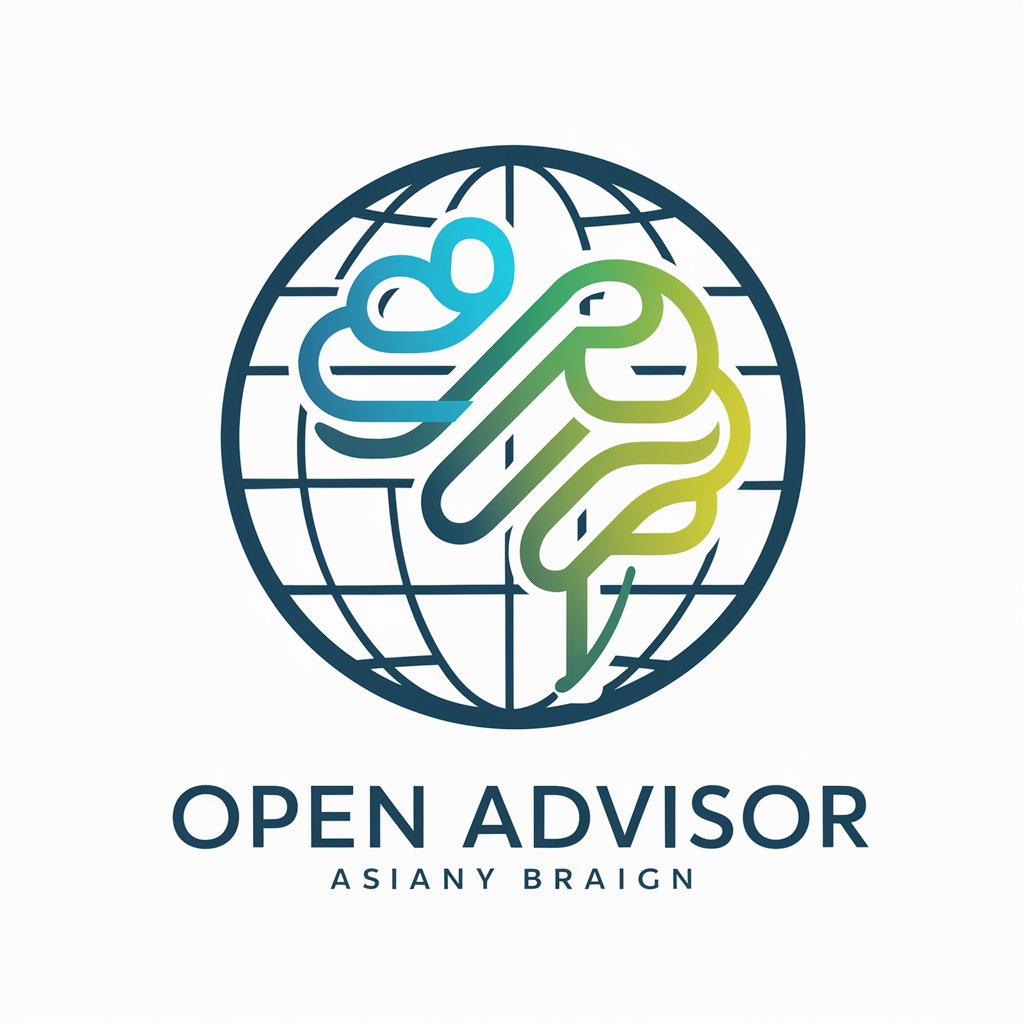
Open Factory
Empowering Creativity with AI

Open Designer
Revitalize Spaces with AI

CodingGPT
Transforming ideas into code effortlessly.

The Minor(AI)ty Report
Empowering research at the intersection of AI and African American perspectives.

Open Guide
Empowering your threesome journey with AI

PDF Maker
Empowering Your Ideas with AI
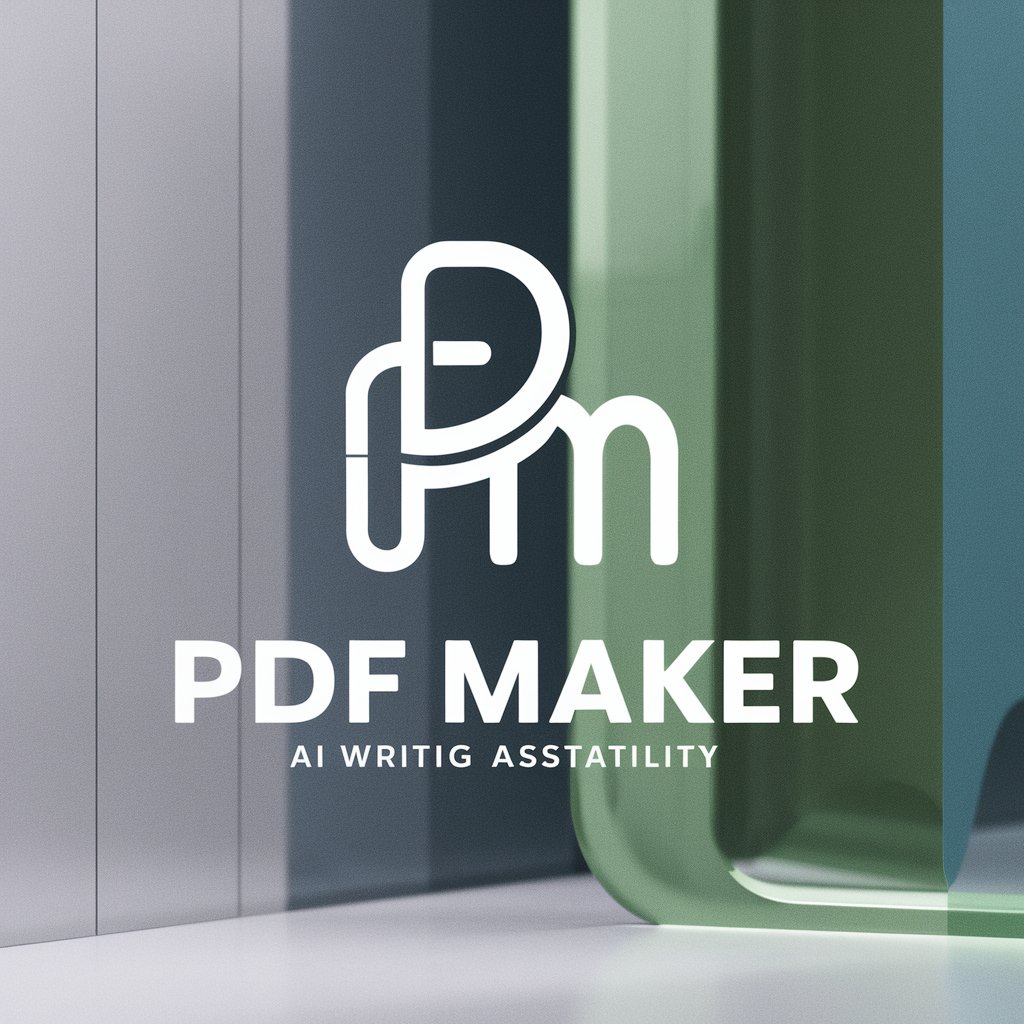
Analyze PDF
AI-powered Academic Paper Insights
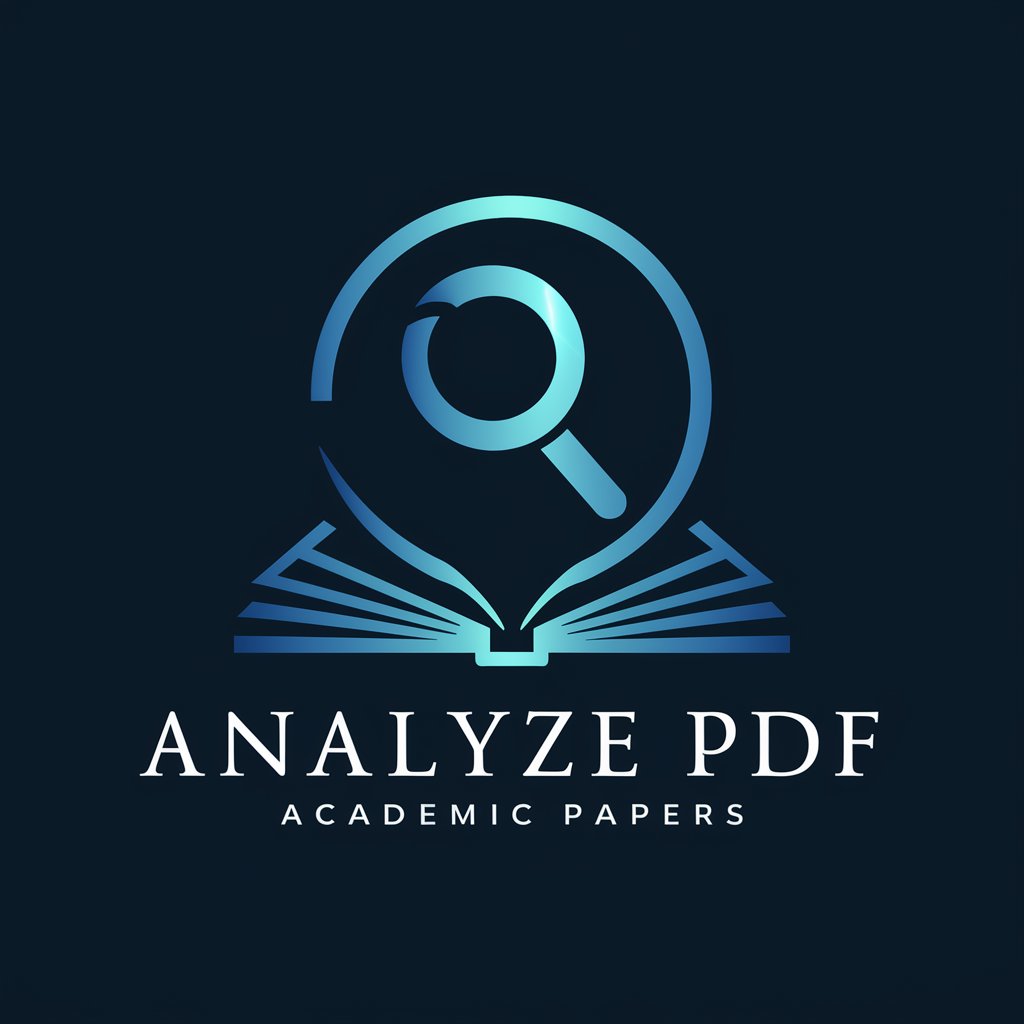
Summarize PDF
AI-powered academic material summarizer
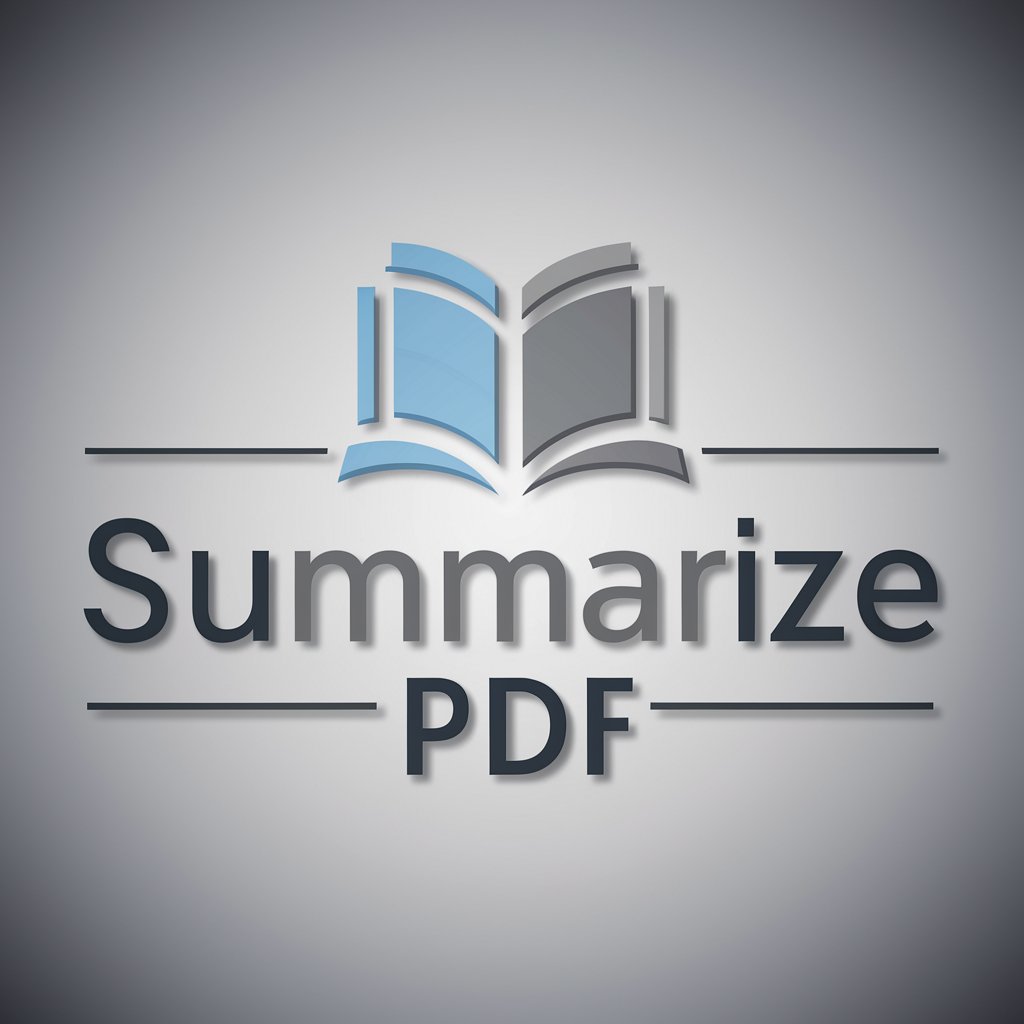
Images Analyst.
Unlock the story behind every image with AI-powered analysis.

Storybook Creator & PDF Maker
Bringing Stories to Life with AI
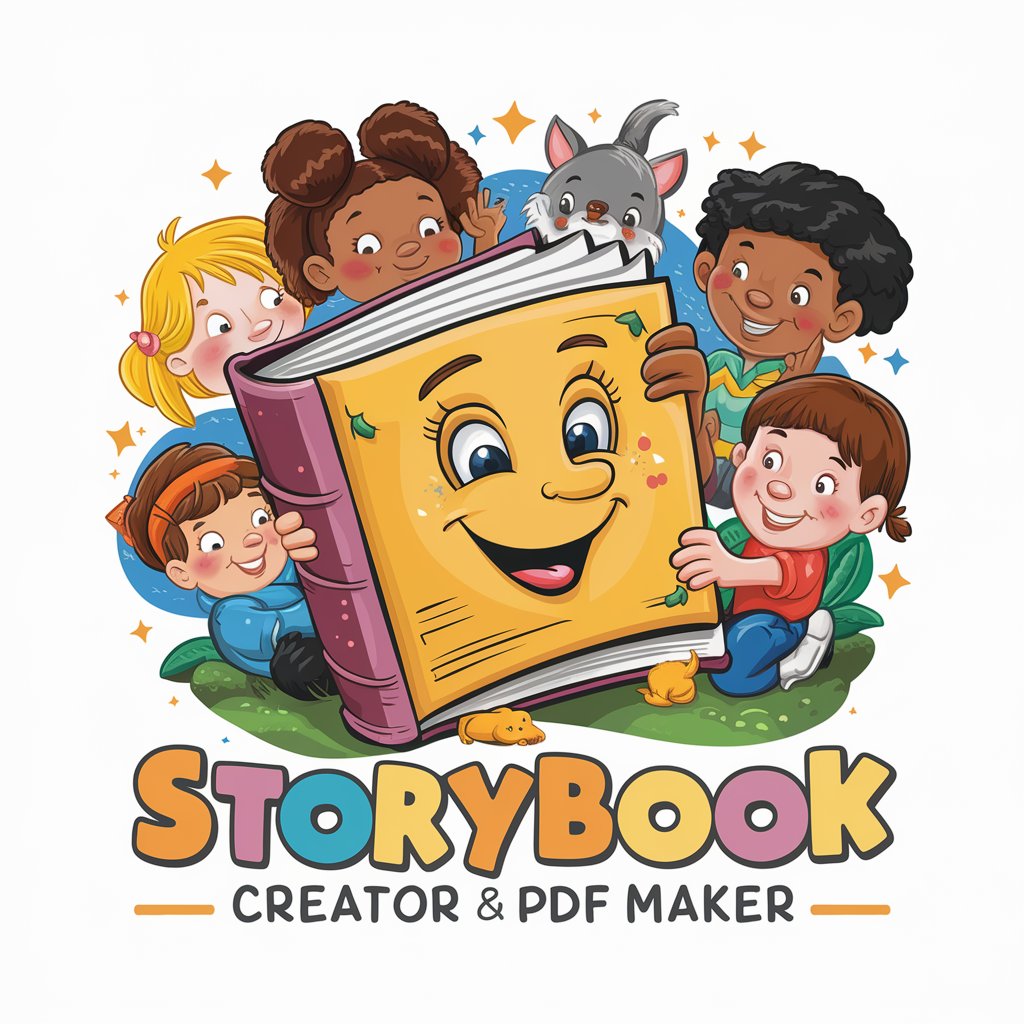
FAQs on Open Science Transparency Check
What is Open Science Transparency Check?
It's a tool designed to evaluate academic papers based on specific criteria related to open science practices, including pre-registration, data sharing, and code availability.
Who can use Open Science Transparency Check?
Researchers, peer reviewers, and journal editors can use it to assess the transparency and reproducibility of scientific findings.
Why is transparency important in scientific research?
Transparency enhances the credibility of research findings, facilitates peer review, and supports the reproducibility of results, thereby advancing scientific knowledge.
Can Open Science Transparency Check evaluate any type of academic paper?
While it's designed for scientific papers, its principles can apply broadly across disciplines that value open science practices.
How does Open Science Transparency Check handle copyright-protected materials?
It respects copyright laws by only assessing the availability of materials that can be legally shared and encourages researchers to make non-protected materials publicly accessible.
